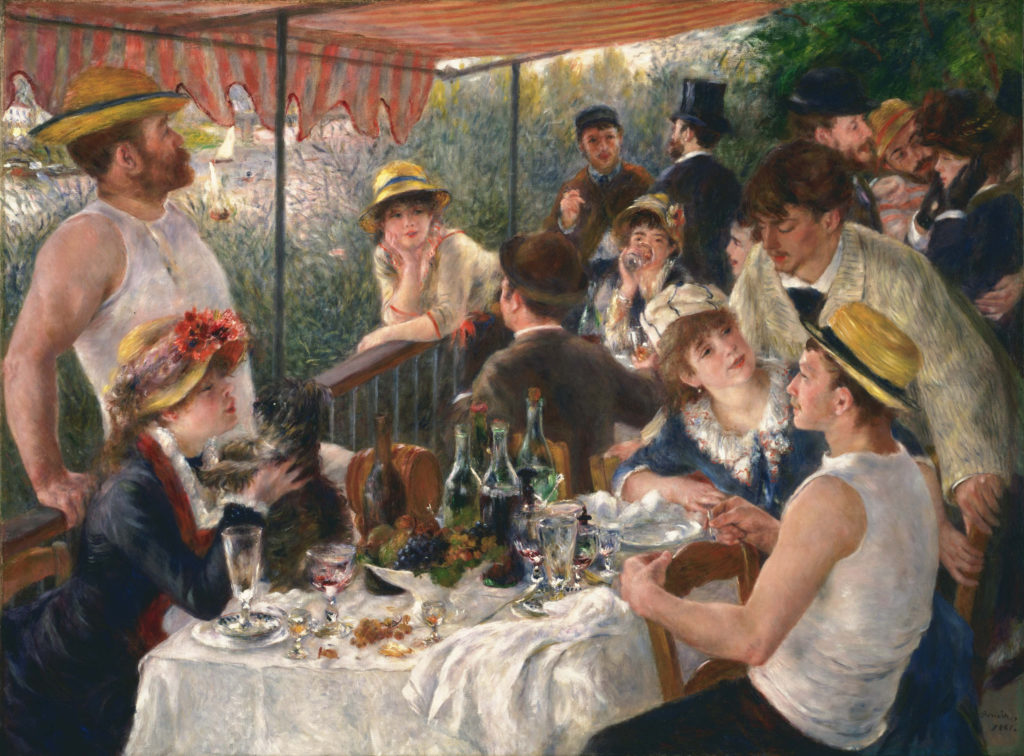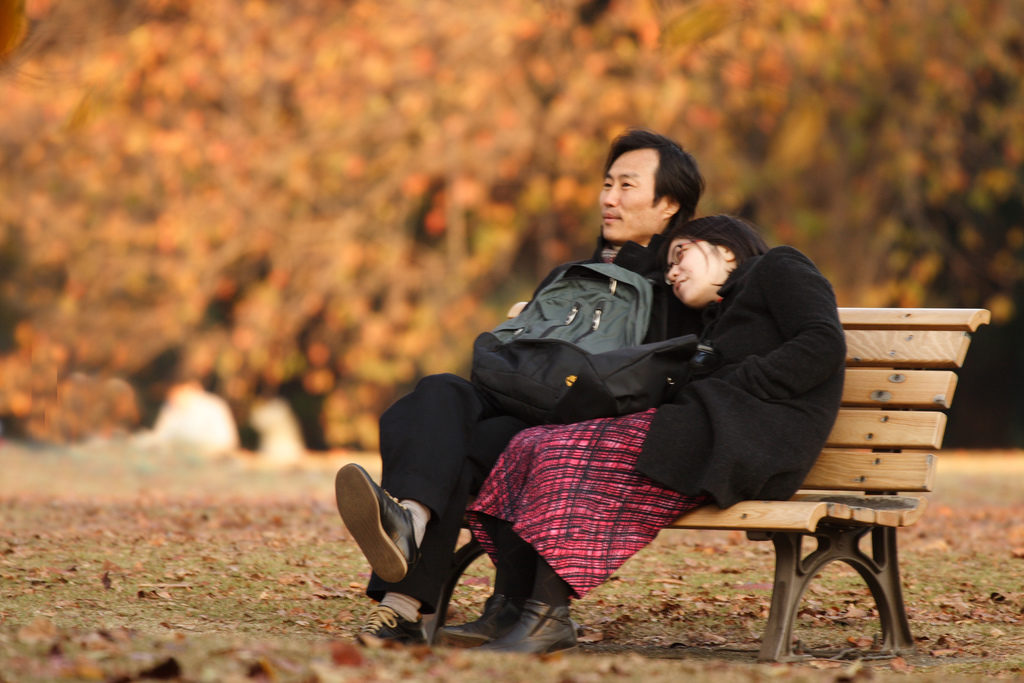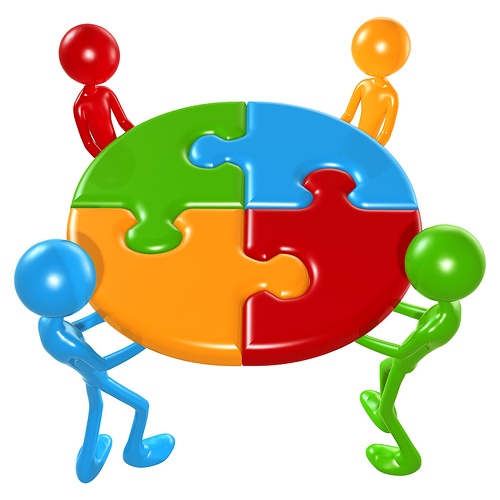Sometimes you like to go to a restaurant and laugh with a group of friends. Sometimes you’d rather sit at home in sweats, watching movies. Sometimes you’re so caught up in a conversation at work that you’re late to your next meeting. Sometimes you duck down a hallway in order to avoid running into a chatty co-worker. You’ll go to a bar, but probably won’t stay until one a.m. You have fun at a holiday party, but you’re exhausted when you get home.

Sound familiar? Congratulations, you are an ambivert.
It has become very trendy, these days, for people to label themselves as introverts, and I think I understand why. By and large, more people are avoiding in-person conversations and interactions. In many countries, people are joining fewer clubs, holding fewer parties, spending less time on the phone, and generally reducing the amount of time spent interacting with other humans.
Excusing those choices by saying, “I’m an introvert,” might make someone feel better about ditching a friend’s birthday party or deciding not to go to a concert. But, statistically speaking, you are probably not an introvert.

The Swiss psychiatrist Carl Jung created the term “introvert” (and its opposite extreme, extrovert), but even he noted that introverts and extroverts are a minority. Between those two extremes are the largest group of personalities: people known as ambiverts.
Psychologist Adam Grant has studied ambiverts extensively and believes they comprise up to two-thirds of the population. That means that introverts are a minority, making up roughly 16 percent of people. Even among introverts, though, there are varying degrees, and Carl Jung said, “There is no such thing as a pure extrovert or a pure introvert. Such a man would be in the lunatic asylum.”
Social interaction and a sense of belonging are innate needs for Homo Sapiens. Regardless of whether you enjoy crowds or hate them, you need to interact with other human beings in order to maintain well-being. If you’re an introvert, you may be happiest having coffee with one good friend. If you’re an extrovert, you might prefer eggs and toast at a table with 12 others. But if you could enjoy both of those things at the right time, you’re in the majority.
I am an ambivert and recognizing that has made me more mindful. Instead of assuming that I don’t want to talk to people, I have to be aware of what I need at any given moment. When I finish giving a speech or leading a workshop, I generally don’t want to talk anymore because I’m exhausted and need some quiet. After a few hours spending time with my thoughts, though, I’m re-charged and ready to talk again. I have gotten used to asking myself, “How do you feel right now? Do you need time alone?”
NOTE: If you are an introvert or extrovert, I’m glad that so much of recent research and discussion is aimed at helping you understand your own personality and overcome whatever challenges you may experience. Socializing can be significantly more difficult for you, and I have nothing but empathy for those who must interact to stay healthy and yet feel anxious about social interaction, or naturally dominate conversations.

Being an ambivert is a good thing. Solid clinical research shows that ambiverts are often more successful in business than introverts or extroverts, and they tend to be healthier and happier than their colleagues on the extreme ends of the personality scale. They may find it easier to date, as they are more adaptable and better able to handle various social situations. Ambiverts can more easily accommodate the wishes of a partner than an introvert or extrovert.
It’s time to stop telling yourself the story that you are an introvert. Those stories you tell yourself may not be true, but you will believe them in spite of contradictory evidence and they will affect your well-being. A study in 2014 revealed just how powerful these stories are. “A person who conceptualizes themselves as introverted,” the study report says, “may have difficulty recognizing or remembering their own extroverted behavior, or they may avoid potentially stressful social situations and come to live in an increasingly insular world.”
That means, if you believe you’re an introvert, you’ll readily recall the time you felt uncomfortable at a crowded party, but completely forget the time that you entertained a large group of people with stories about your family. You’ll think the nights you spend at home are proof that you don’t enjoy social situations, but fail to consider how much you love going to football games or going out for dinner with friends on your birthday. You’ll forget the times you were lonely and craved the company of another.
The more you tell yourself that you’re an introvert, the more introverted you will become. That’s the danger in the current fad of identifying as an introvert. A BuzzFeed quiz is not a reliable indicator of personality type, partly because you will answer questions according to the story you tell yourself instead of the objective truth. As a result, you may purposely avoid the social interaction that will ultimately make you happier and healthier.

It’s true that personality types exist and can be categorized into broader groups. It’s also true that personalities change. What you like or need in your 20s may be vastly different from what you prefer in your 40s. Personality is fluid. It is adaptable, just like ambiverts.
Adaptability, after all, is an essential component of resilience. So, celebrate your ambiversion. Brag about the fact that you can be comfortable in a group or at home alone. You can speak if necessary, or stay quiet when it’s appropriate. Embrace your flexibility and tell yourself a new story: you are an ambivert and that’s a beautiful thing.
